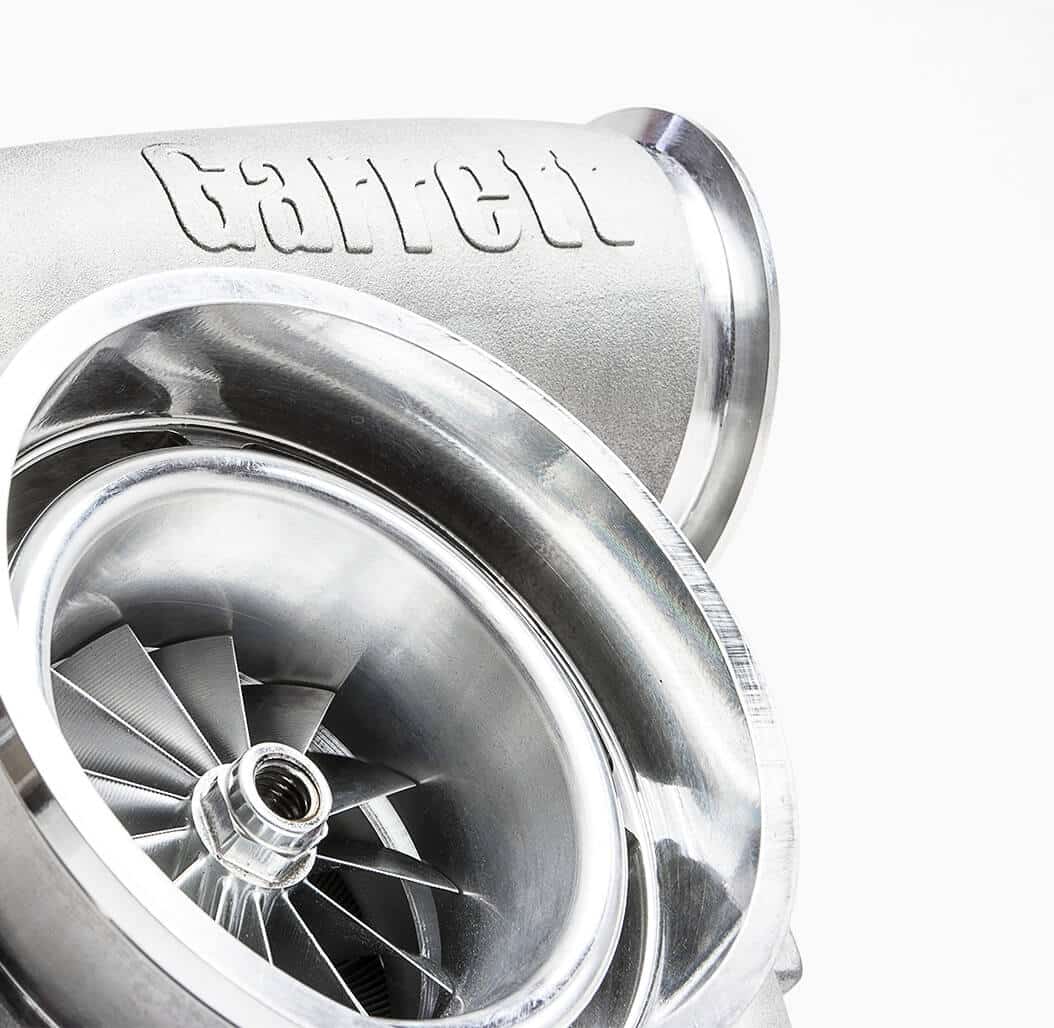The Ultimate Guide To Turbochargers
Table of ContentsGetting My Turbochargers To WorkWhat Does Turbochargers Mean?The Facts About Turbochargers Revealed
Required induction gadget for internal combustion engines A turbocharger, colloquially called a turbo, is a turbine- driven, required induction gadget that increases an internal combustion engine's performance and power output by requiring additional compressed air into the combustion chamber. This improvement over a naturally aspirated engine's power output is due to the fact that the compressor can force more airand proportionately more fuelinto the combustion chamber than air pressure (and for that matter, ram air consumption) alone - turbochargers.Today, the term "supercharger" is normally applied only to mechanically driven forced induction gadgets. The crucial difference between a turbocharger and a conventional supercharger is that a supercharger is mechanically driven by the engine, often through a belt linked to the crankshaft, whereas a turbocharger is powered by a turbine driven by the engine's exhaust gas.

Twincharger describes an engine with both a supercharger and a turbocharger. Makers frequently utilize turbochargers in truck, vehicle, train, airplane, and construction-equipment engines. They are most often used with Otto cycle and Diesel cycle internal combustion engines. Required induction go back to the late 19th century, when Gottlieb Daimler patented the method of utilizing a gear-driven pump to force air into an internal combustion engine in 1885.
This patent was for a compound radial engine with an exhaust-driven axial flow turbine and compressor mounted on a typical shaft. The very first prototype was ended up in 1915 with the aim of conquering the power loss experienced by aircraft engines due to the decreased density of air at high elevations.
Another early patent for turbochargers was applied for in 1916 by French steam turbine creator Auguste Rateau, for their meant use on the Renault engines used by French fighter planes. Independently, 1917 screening by the American National Advisory Committee for Aeronautics and Sanford Alexander Moss revealed that a turbocharger could enable an engine to avoid any power loss (compared to the power produced at sea level) at an altitude of as much as 4,250 m (13,944 feet) above water level.
The very first business application of a turbocharger was in 1925, when Alfred Bchi successfully installed turbochargers on ten-cylinder diesel engines, increasing the power output from 1,300 to 1,860 kilowatts (1,750 to 2,500 hp). This engine was used by the German Ministry of Transport for two large traveler ships called the "Preussen" and "Hansestadt Danzig".
Turbochargers Things To Know Before You Buy
Turbochargers were utilized on numerous airplane engines during World War II, starting with the Boeing B-17 Flying Fortress in 1938, which utilized turbochargers produced by General Electric. Other early turbocharged planes consisted of the B-24 Liberator, P-38 Lightning, P-47 Thunderbolt and the speculative Focke-Wulf Fw 190 prototypes. Auto and truck manufacturers started research study into turbocharged engines during the 1950s, however the issues of "turbo lag" and the bulky size of the turbocharger were unable to Visit Your URL be solved at the time.
Following the 1973 oil crisis and the 1977 Clean Air Act amendments, turbocharging ended up being more common in vehicles, as an approach to minimize fuel intake and exhaust emissions. In contrast to turbochargers, superchargers are mechanically driven by the engine. Belts, chains, shafts, and gears are typical methods of powering a supercharger, positioning a mechanical load on the engine.

Adiabatic efficiency is a procedure of a compressor's ability to compress air without including excess heat to that air. Even under perfect conditions, the compression process always leads to elevated output temperature level; nevertheless, more effective compressors produce less excess heat. Roots superchargers impart substantially more heat to the air than turbochargers.
In practical application the disparity in between the 2 can be remarkable, with turbochargers frequently producing 15% to 30% more power based entirely on the distinctions in adiabatic efficiency (however, due to heat transfer from the hot exhaust, significant heating does happen). By contrast, a turbocharger does not position a direct mechanical load on the engine, although turbochargers place exhaust back pressure on engines, increasing pumping losses.

Examine This Report on Turbochargers
Only when the engine reaches enough speed does the turbine section start to spool up, or spin quick enough to produce consumption pressure above climatic pressure. A mix of an exhaust-driven turbocharger and an engine-driven supercharger can mitigate the weak points of both. This technique is click to investigate called twincharging. When it comes to Electro-Motive Diesel's two-stroke engines, the mechanically assisted turbocharger is not particularly a twincharger, as the engine uses the mechanical support to charge air only at lower engine speeds and start-up.
This differs from a turbocharger that utilizes internet the compressor section of the turbo-compressor only throughout beginning and, as a two-stroke engines can not naturally aspirate, and, according to SAE meanings, a two-stroke engine with a mechanically helped compressor throughout idle and low throttle is considered naturally aspirated. In naturally aspirated piston engines, consumption gases are drawn or "pressed" into the engine by air pressure filling the volumetric void triggered by the down stroke of the piston (which creates a low-pressure location), similar to drawing liquid using a syringe. turbochargers.
